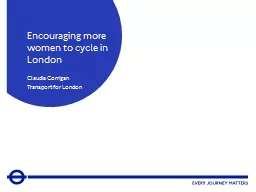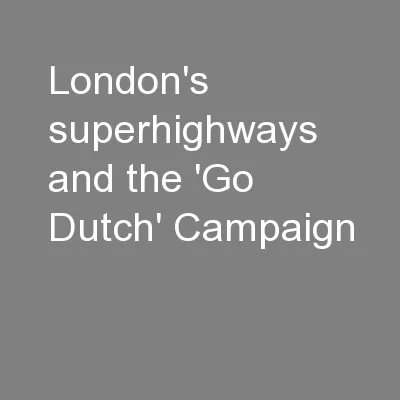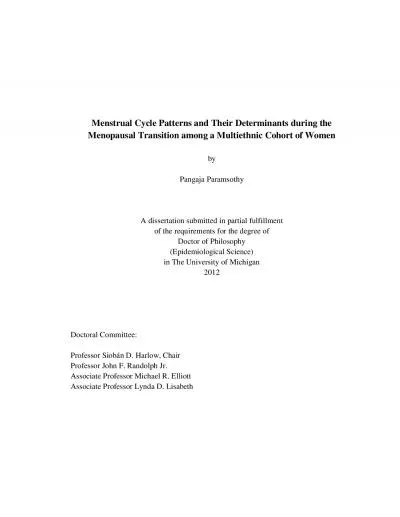PPT-Encouraging more women to cycle in London
Author : jane-oiler | Published Date : 2018-11-01
Claudia Corrigan Transport for London TfL have a target to reach 15 million cycle journey stages by 2026 Most current growth is coming from existing cyclists making
Presentation Embed Code
Download Presentation
Download Presentation The PPT/PDF document "Encouraging more women to cycle in Londo..." is the property of its rightful owner. Permission is granted to download and print the materials on this website for personal, non-commercial use only, and to display it on your personal computer provided you do not modify the materials and that you retain all copyright notices contained in the materials. By downloading content from our website, you accept the terms of this agreement.
Encouraging more women to cycle in London: Transcript
Download Rules Of Document
"Encouraging more women to cycle in London"The content belongs to its owner. You may download and print it for personal use, without modification, and keep all copyright notices. By downloading, you agree to these terms.
Related Documents














